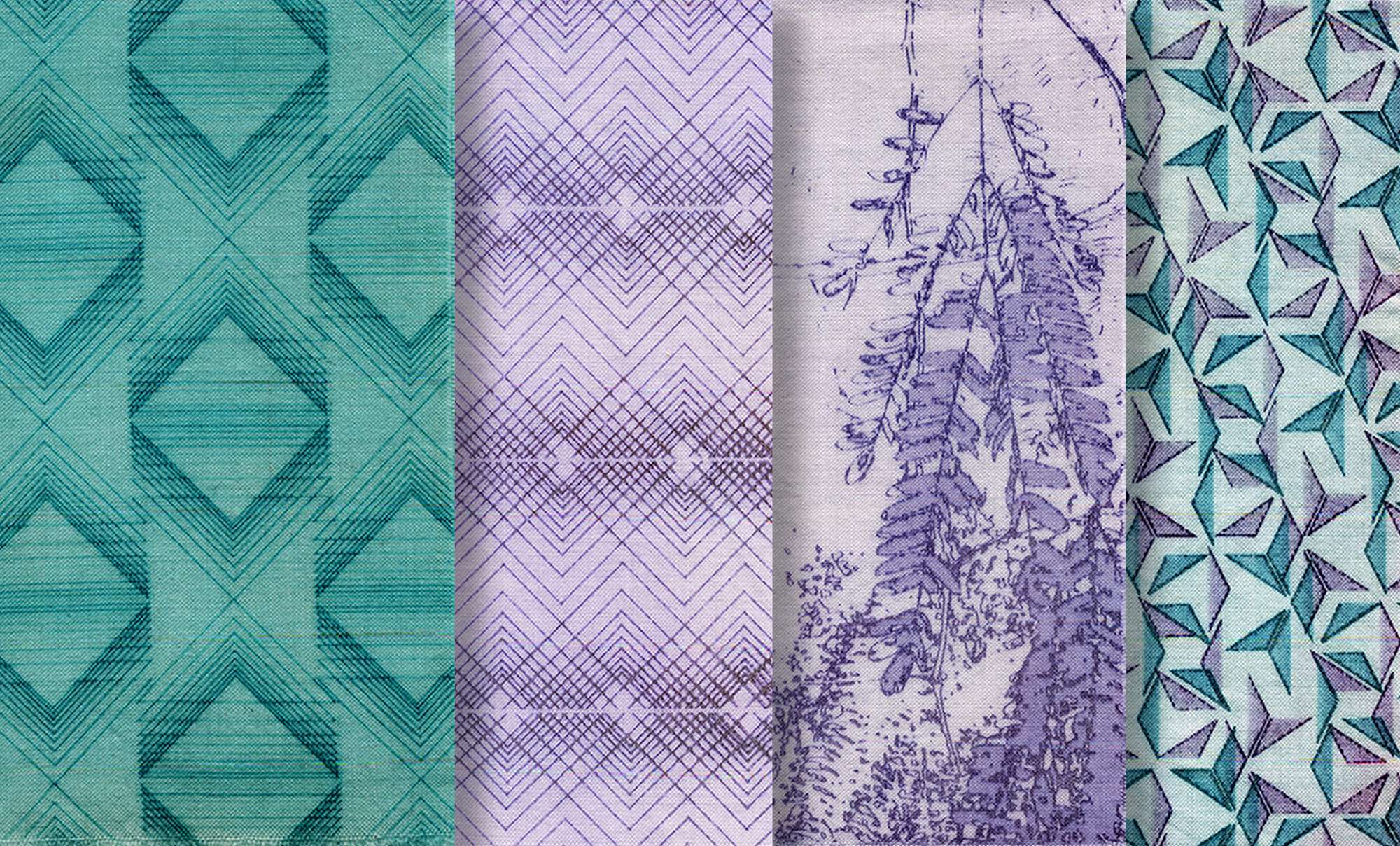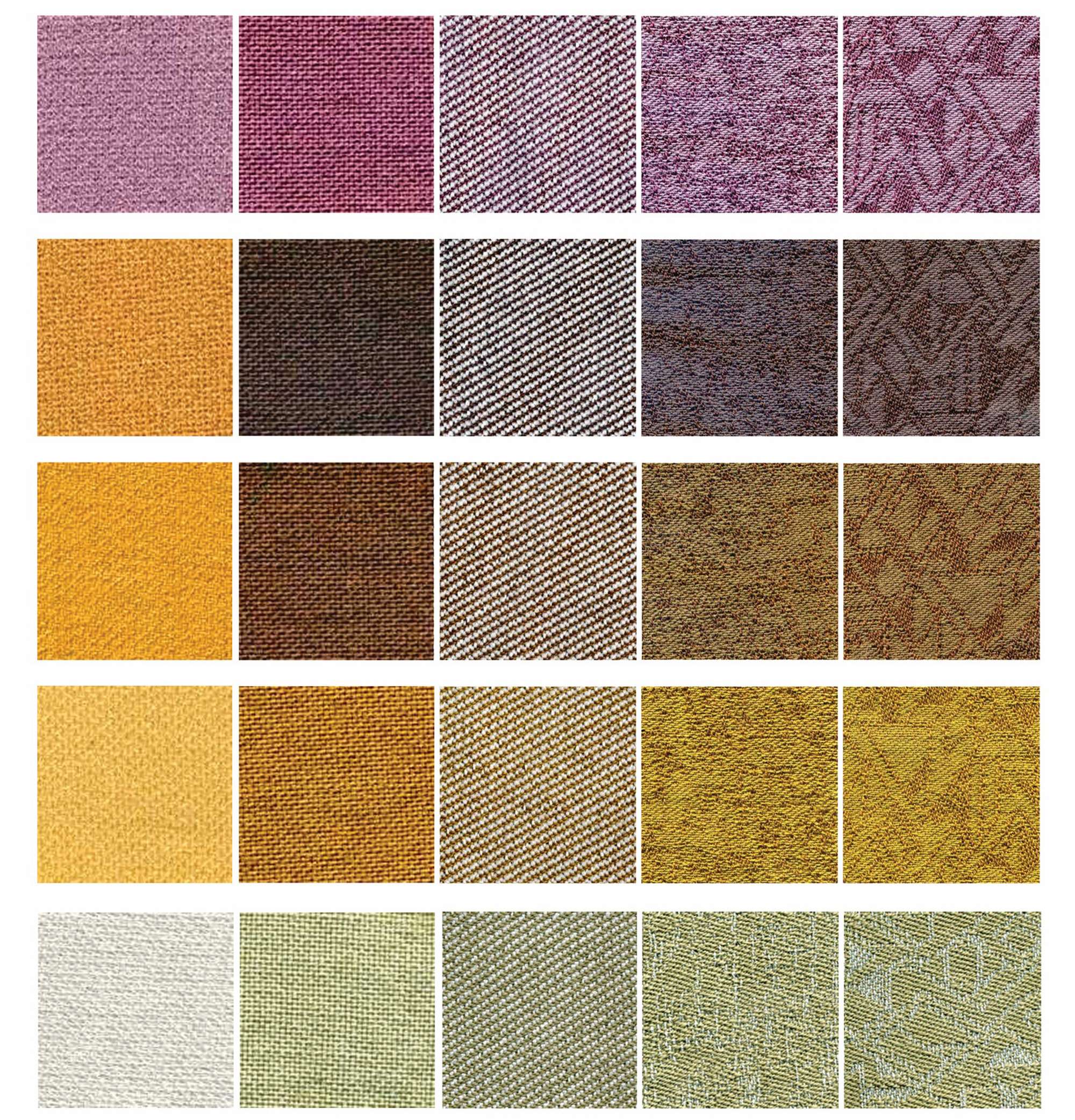
A team of researchers have pioneered a new technique to address harmful textile dyeing. Abigail Turner speaks to Professor Jinsong Shen, leading the team, about the sustainable benefits of the new technology.
Researchers at De Montfort University (DMU) and Loughborough University have developed a new technique which could address one of the biggest sustainability challenges in the textile industry – dyeing textiles.
The team, led by Professor Jinsong Shen, has explored the use of laser technology to apply dyes directly on to fabrics – an alternative to traditional methods, which have been found to involve harmful chemicals and high water and energy consumption.
Researchers and academics from DMU’s Textile Engineering and Materials Research Group (TEAM), have been collaborating with Loughborough University on the project, funded by the Arts and Humanity Research Council (AHRC).
Professor Shen said: “For colouration of textiles, dyes need to diffuse into the fibres and have reactions with fibres for colour fixation. So, the project explores the potential for using laser technologies to develop a sustainable, but colourfast, dyeing process”
Shen told WTiN how colour, pattern and surface effects are fundamental elements of textile design and production, and are important to the functional and expressive role they play in material culture. Dyeing, printing and finishing processes enable creativity and innovation but have become environmentally damaging sectors of the textile industry.
The textile industry is considered to be the second largest polluter in the world, after oil and gas. Research has identified that 90% of textiles dyed with synthetic colours, as such it is one of the key challenges to achieving sustainability within the sector.
The paper ‘Innovative Technologies for Sustainable Textile Coloration, Patterning, and Surface Effects,’ published by Springer, described about how traditional methods involve harmful chemicals that can have “devastating effects” on the environment through water and air pollution. This is in additional to the high water and energy usage.
The paper explained how enzyme and laser processing technologies “present attractive alternatives” to conventional methods of producing colour, pattern and surface effects, while minimising the impact of manufacturing on the environment by decreasing the consumption of chemicals, water and energy.
Laser-assisted surface patterning
Lasers are used widely in manufacturing for material processing. The use of lasers in textile processing is still new and much research is being done in the scaling of the technology, making it more affordable for their use to become widespread.
Laser cutting technology has already been widely adopted in the fashion and textile industry as it offers precision cutwork with heat sealing of fabric edges to prevent fraying, for example, and can create effects such as fringing. Additionally, lasers have been used to replace chemical and wet processing techniques to recreate conventional surface design effects on denim jeans. Through precise parameter control infrared laser irradiation can fade the colour of indigo-dyed denim by removing a thin layer of dye from the surface of the cotton, revealing the white undyed fibre underneath.
Laser-assisted dyeing
There are many ways that lasers can be used in textile dyeing. But Shen explained how DMU and Loughborough University developed laser-assisted dyeing for textile coloration. The paradigm changing technique for laser-assisted dyeing is to consider the laser as a targeted energy source for on-the-spot fixation of the dye. The laser, which the researchers adapted, provides an energy source for dye diffusion and fixation in the fibres. The process is digitally controlled making it a short and exact action. The project explored the laser-assisted dyeing on different textile fibres, including wool, and synthetic fabrics such as polyester to achieve colour patterns with good colourfastness and durability met with commercial standards.
“The dyes used are just normal dyes in textiles,” he added. “The type of dye is selected depending on the fibre material used. For example, if you are dyeing polyester, you would use a disperse dye because it is a typical dye for synthetics. But when you use wool, then you would normally choose an acid dye or a reactive dye.”
However, he noted that the main challenges facing the industry in terms of adopting this technology is the specified laser equipment and system to be built. Laser-assisted dyeing is still being explored and implemented. Loughborough have continued this line of investigation, which includes developing cost-efficient laser-assisted dyeing processes.
Biotechnology solutions using enzymes to dye textiles
In addition to laser-assisted dyeing the TEAM at DMU have also explored biotechnology solutions to improving the sustainability of dyeing, by using enzymes to dye textiles. The TEAM are confident they have found an alternative to conventional dyeing methods, saving energy and reducing effluent waste.
The researchers found enzymes, laccase and peroxidase, can be used in coloration and surface patterning on textiles, within controlled applications. “Enzymes are proteins that act as a biological catalyst,” explained Shen. “What we mean by catalyst is the ability to accelerate and speed up the chemical reaction.” He added that enzymes are safe, biodegradable and operate in mild conditions, especially at lower temperatures, for example ‘enzymes in the human body operate in the body at 37 degrees Celsius and are essential for functions for human life, such as digesting food’. Whereas traditional textile processes such as dyeing all happen at high temperatures such as 100 degrees Celsius. The researchers found the enzymes for their studies from bacteria or fungi from natural sources such as mushrooms and plants.
Laccases were used in the oxidation of simple aromatic compounds to generate coloration of wool and polyamide textile fibres. For the reaction to take place only two ingredients were required – laccases and a simple aromatic compound – together with the right conditions and substrate. Laccase can also effectively break down conventional textile dye molecules facilitating the removal of colour from dyed textile fibres resulting in a bleached or faded effect.
Sustainability and the future
“I think compared with 10 years ago, or when people started to look at sustainable processes, we are now moving more towards circularity,” said Shen. “Of course, water and energy saving are very crucial, and we can partly achieve that by moving to more digital technology.”
Digital laser technology, therefore, has a future for flexible design, dry processing and energy and chemical saving. He said he has seen the industry demand more of this technology in recent years.
Shen continued: “So it has a huge potential, and we are looking for innovations within digital assistance to change the way we are processing to ensure manufacturing can access the latest technologies to be responsible and sustainable.”
Have your say. Join the conversation and follow us on LinkedIn







